Import MySQL Data Dump Into Five (Local)
Last updated 8/02/2024
How to Import Your MySQL Dump
You will first need to create your application. When you do this Five will automatically create and establish the connection with your database in MySQL. If you have already created your application, select your application in the list, click the Manage button and proceed to the section below, Edit Your MySQL File.Create Your Application
1. Click the Add Item button.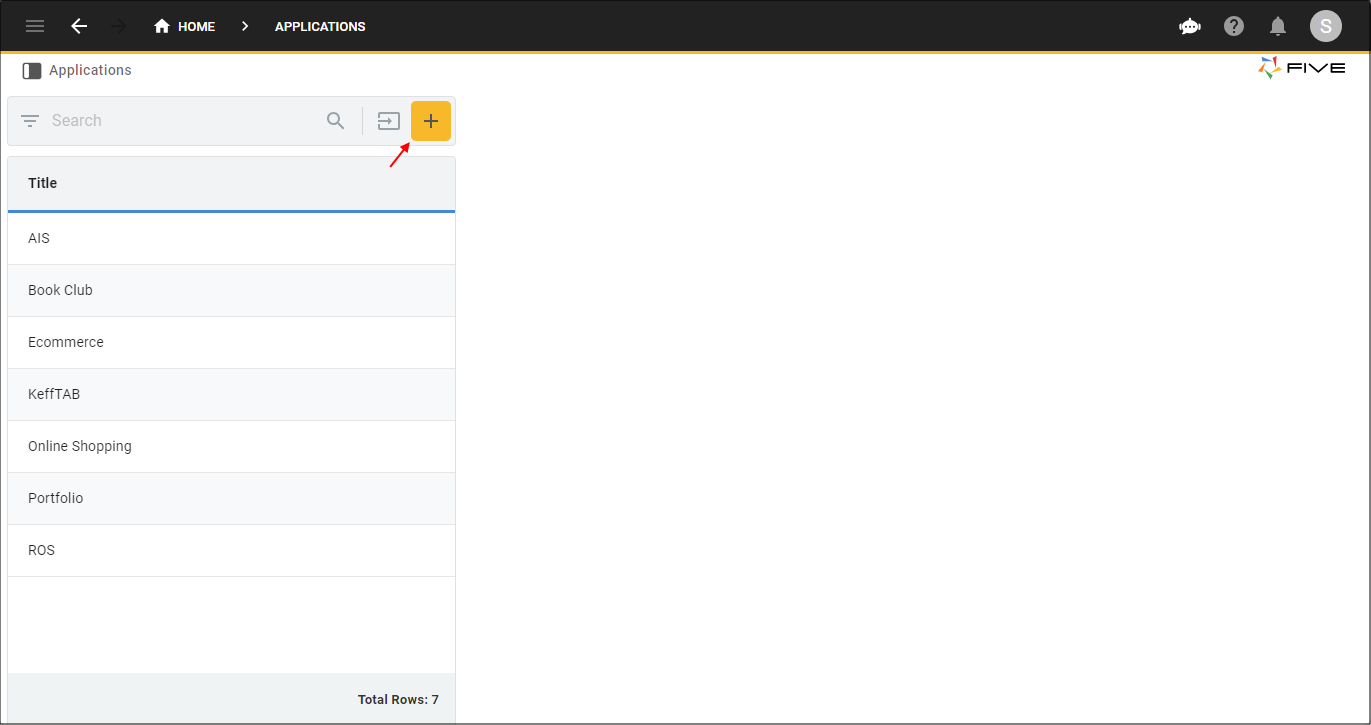
Figure 1 - Add Item button
2. Type a title in the Title field.
3. Click the Save button in the form app bar.
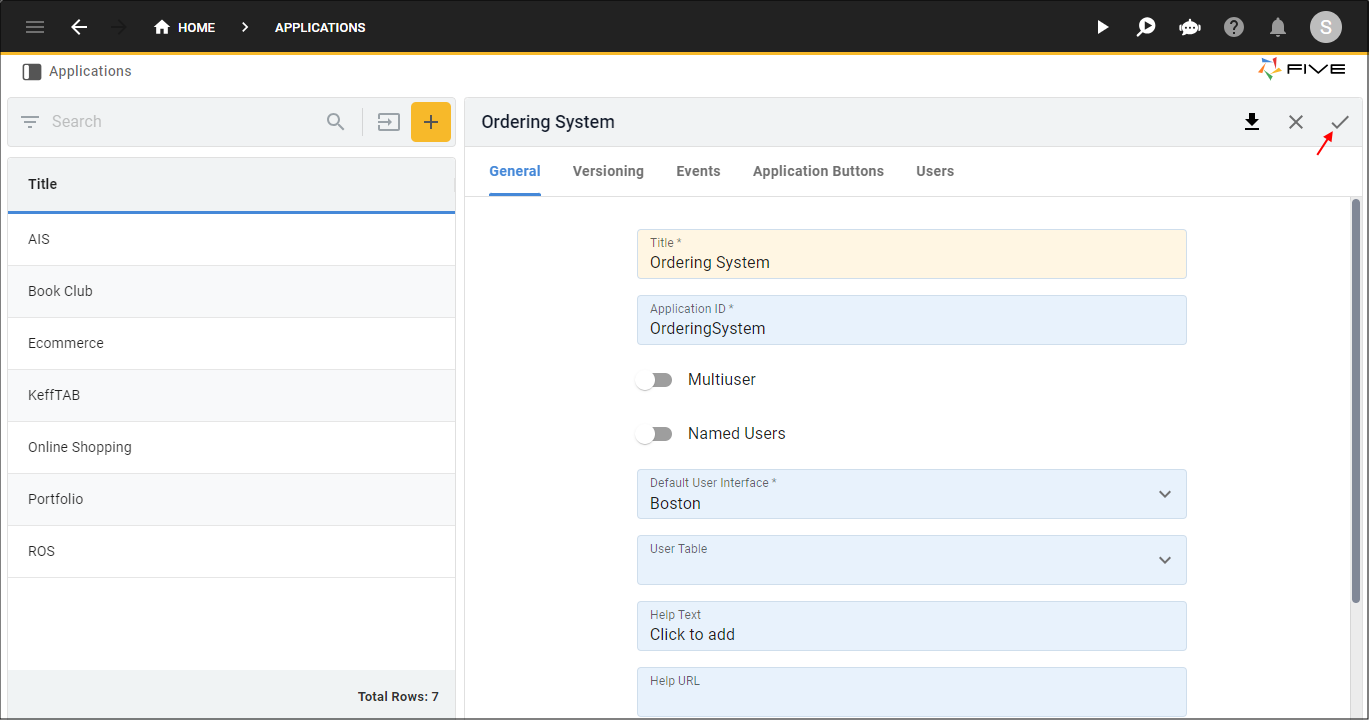
Figure 2 - Add an application
4. Click the Manage button in the form app bar.
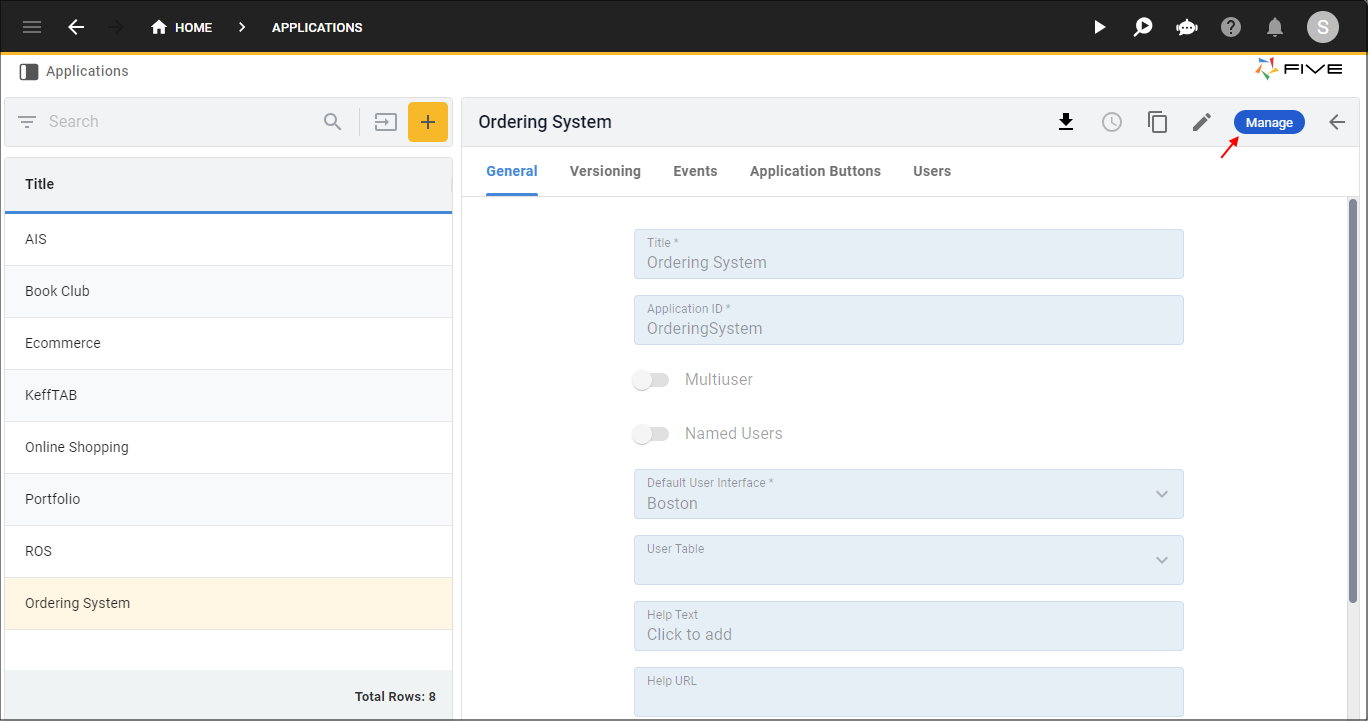
Figure 3 - Manage button
Edit Your MySQL File
note
The name of your database must exactly match the name in the Database ID field as Five uses this in the connection string to connect to your database
in MySQL. Five appends DB to the end of the application name, you will need to open your MySQL script either in Workbench or your preferred text editor and edit the name in two places.
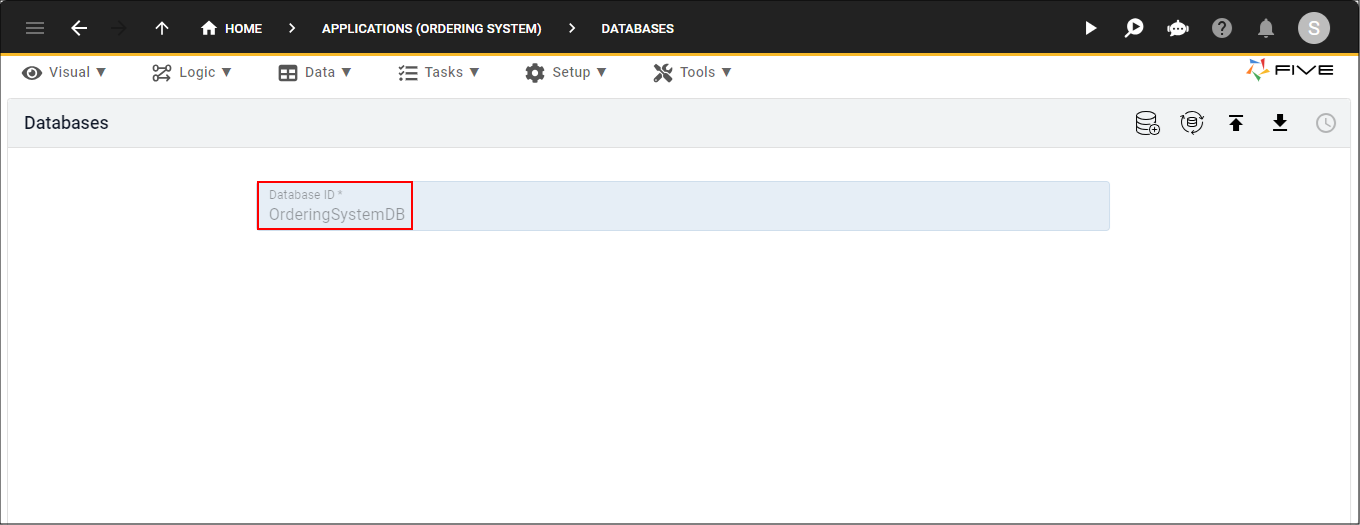
Figure 4 - Database ID must match database name in the script
1. Navigate your files and open your MySQL script.
2. Edit the name of the database in the lines shown below.

Figure 5 - Edit the database name
3. Save your MySQL script.

Figure 6 - Save the script
Import Your Database
info
Performing the steps below will import the structure of your database as well as all the data from your FileMaker application.
1. Select Data in the menu.
2. Select Databases in the sub-menu.
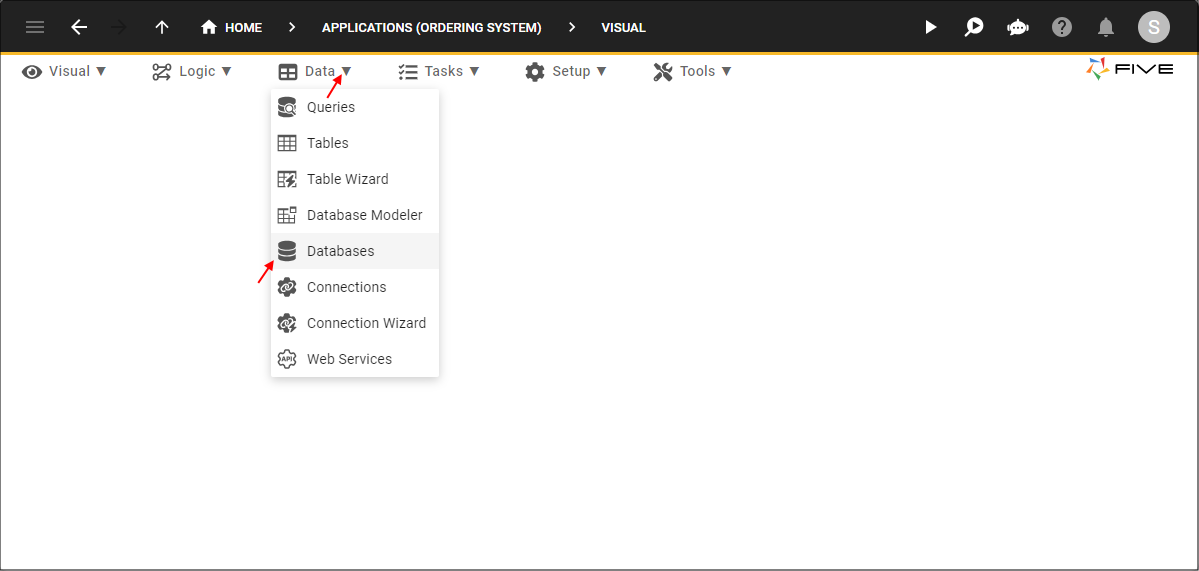
Figure 7 - Databases menu item
3. Select your database record in the list.
4. Click the Import Database button.
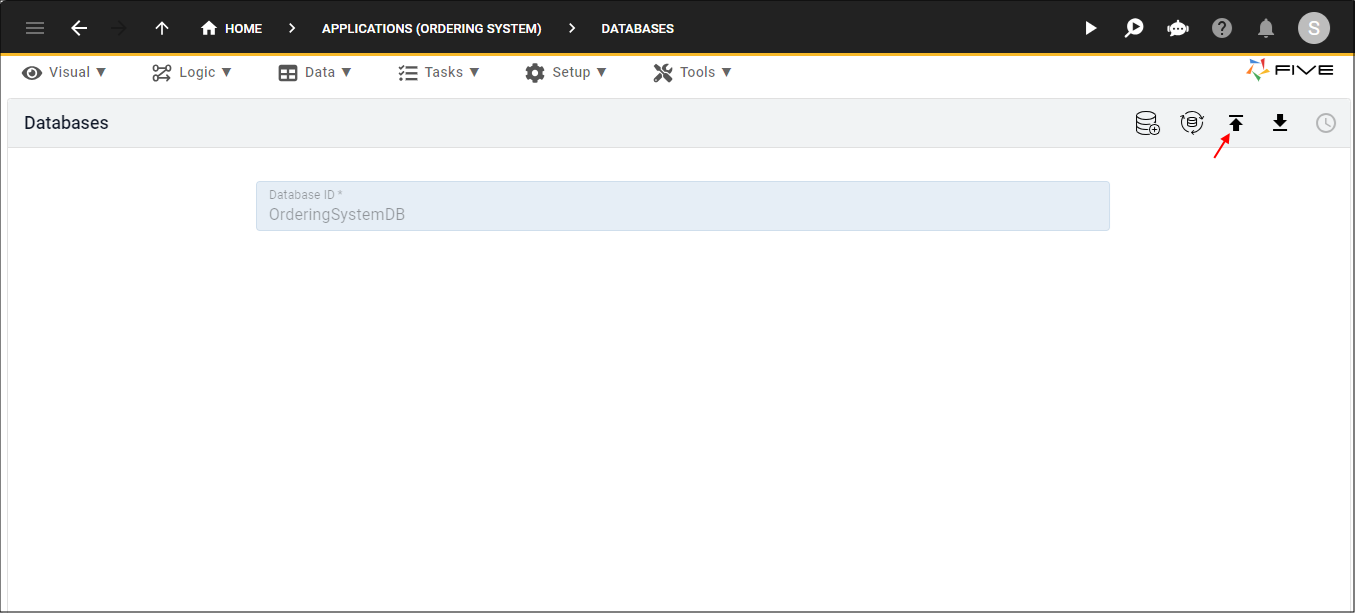
Figure 8 - Import Database button
5. Click the OK button in the alert box.
caution
When you click the OK button you will erase all the data in the database in Five.
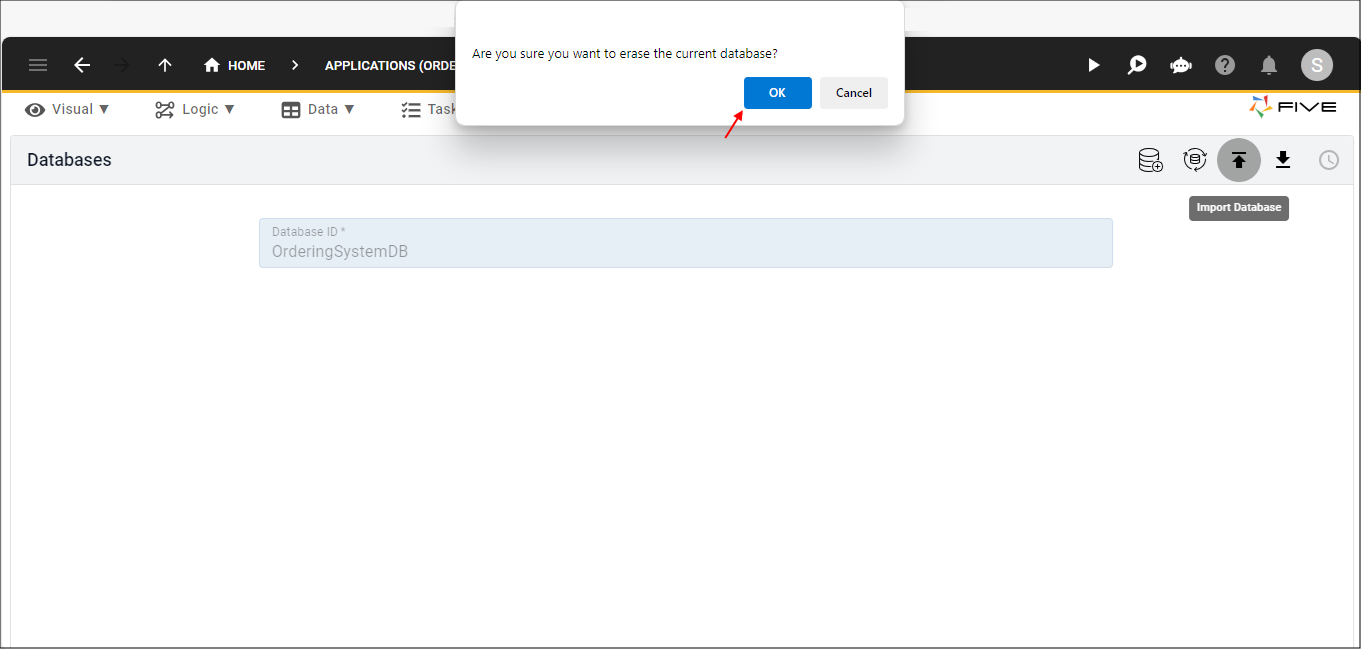
Figure 9 - OK button
6. Navigate and open your extracted MySQL file.
7. Click the OK button.
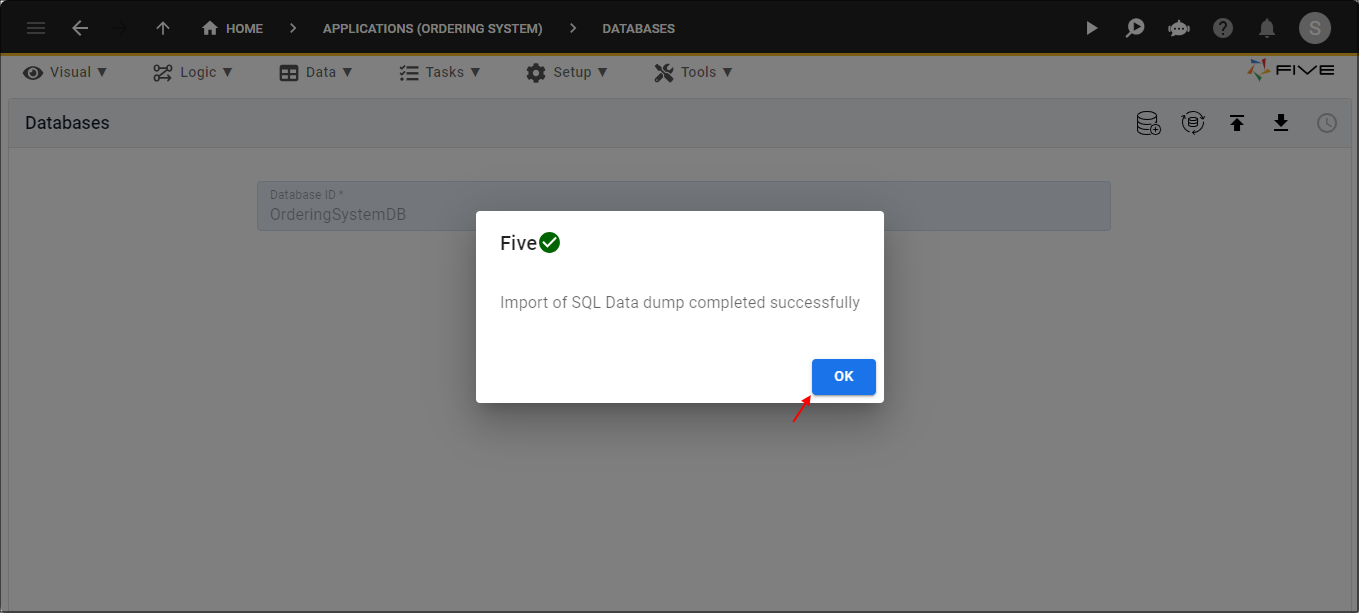
Figure 10 - OK button
info
Performing the steps below will read the structure of the database and automatically create the table definitions for you inside your Five application.
8. Click the Import Database Schema button.
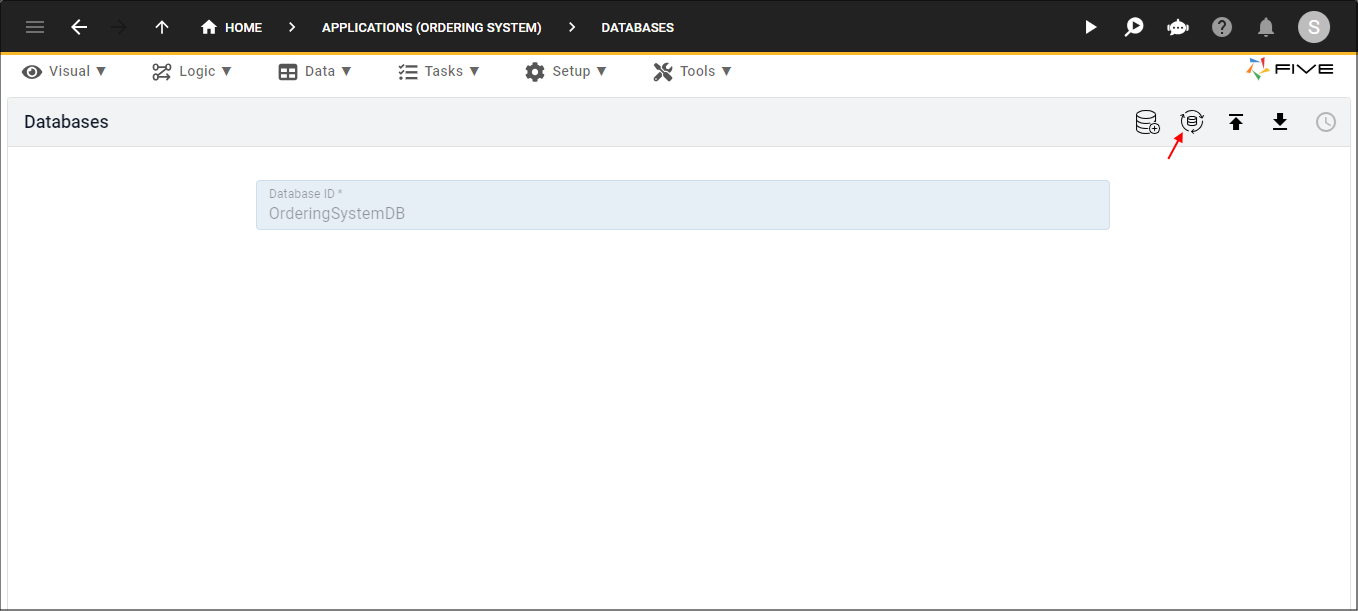
Figure 11 - Import Database Schema button
9. Click the Ok button in the alert box.
caution
When you click the OK button you will erase the current definition in Five.

Figure 12 - OK button
10. Click the Ok button.
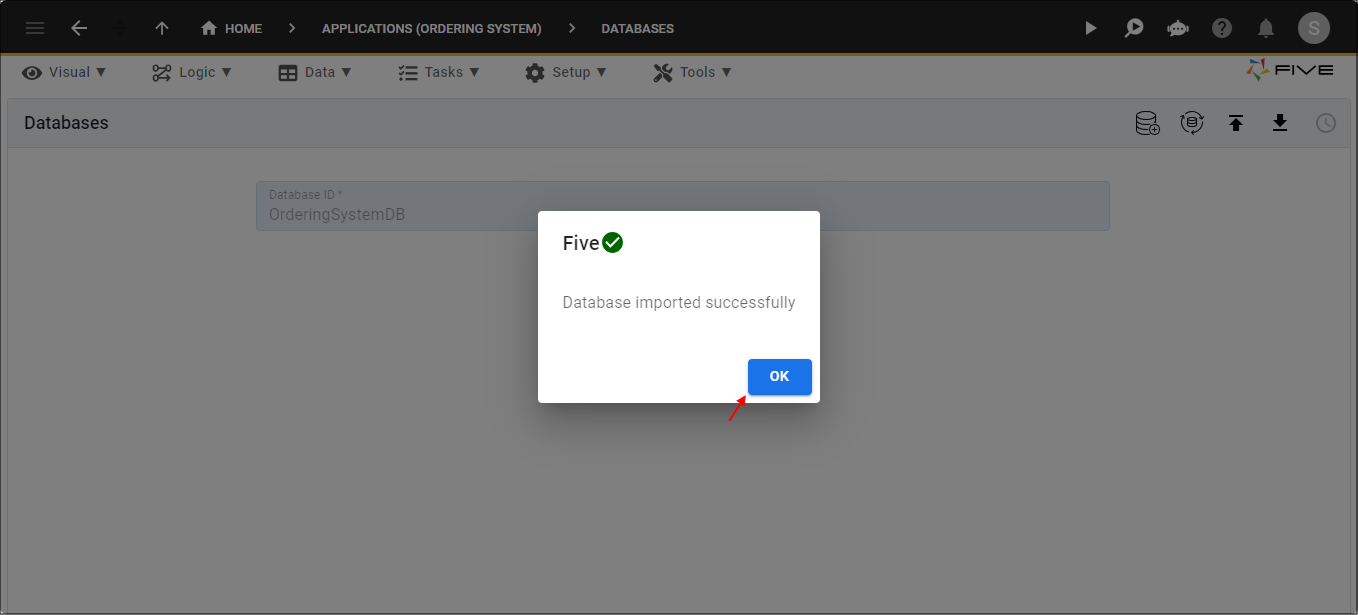
Figure 13 - OK button
info
Performing the steps below verifies all your tables with their fields and definitions were created.
11. Select Data in the menu.
12. Select Tables in the sub-menu.
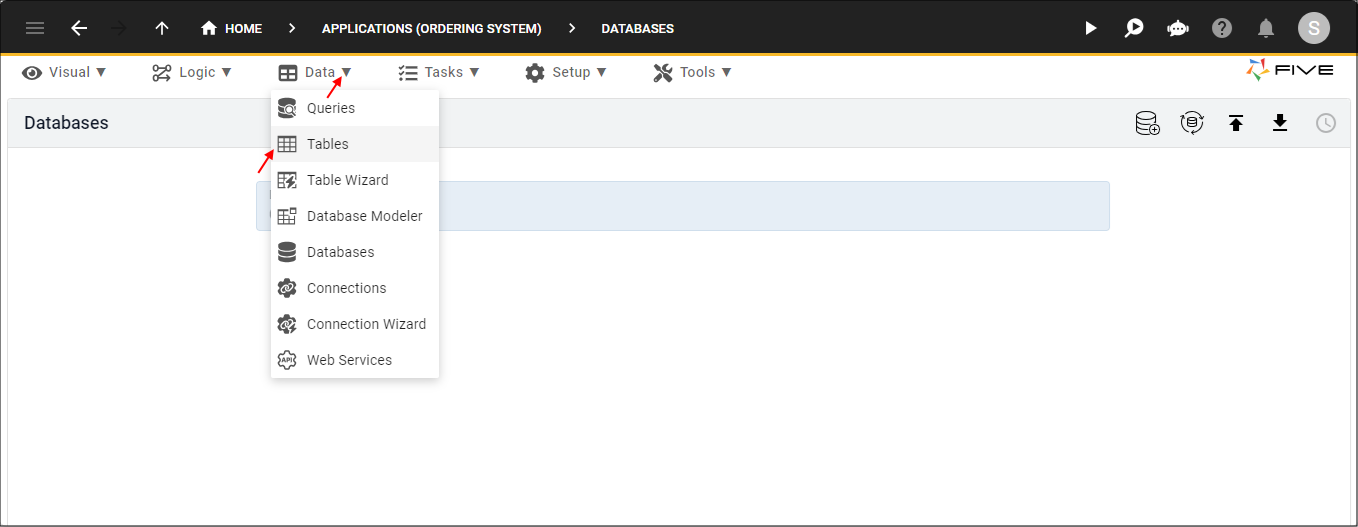
Figure 14 - Tables menu item
13. Select a table record in the list and click the Fields tab.
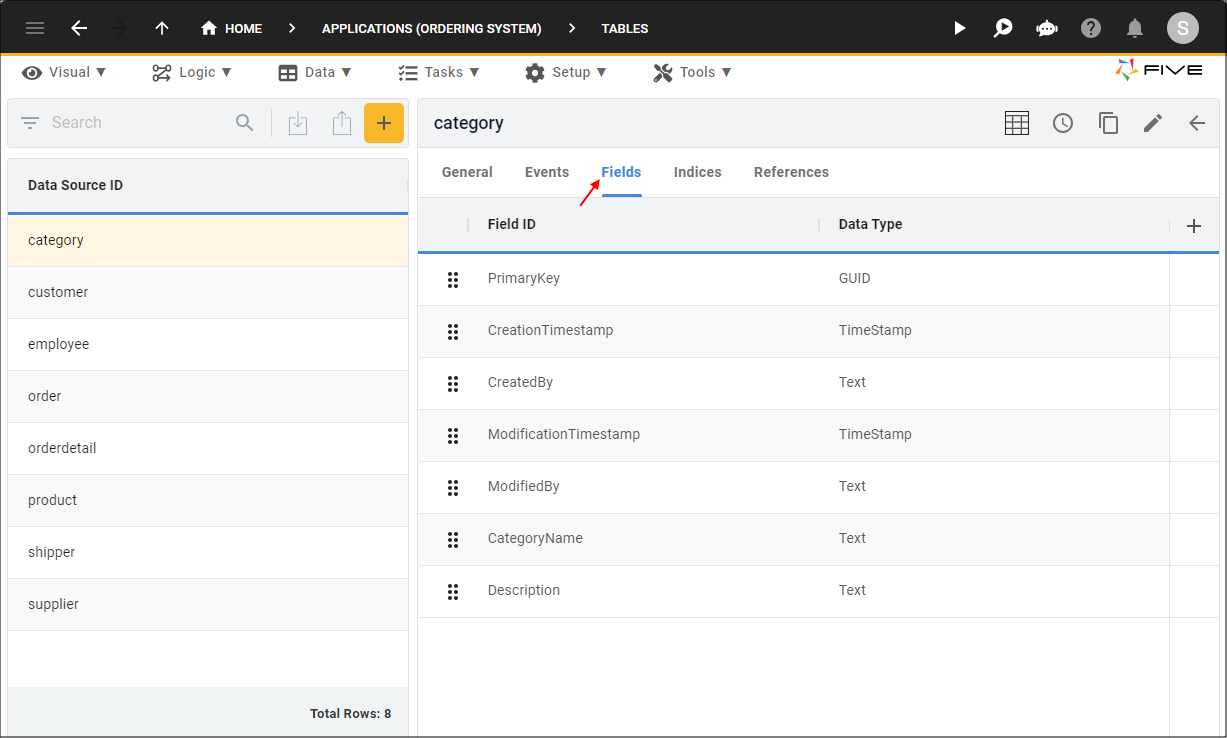
Figure 15 - Imported tables and fields
caution
Double check that all your data types have come through correctly because in certain scenarios, Five may bring in some of your data types
as Text.